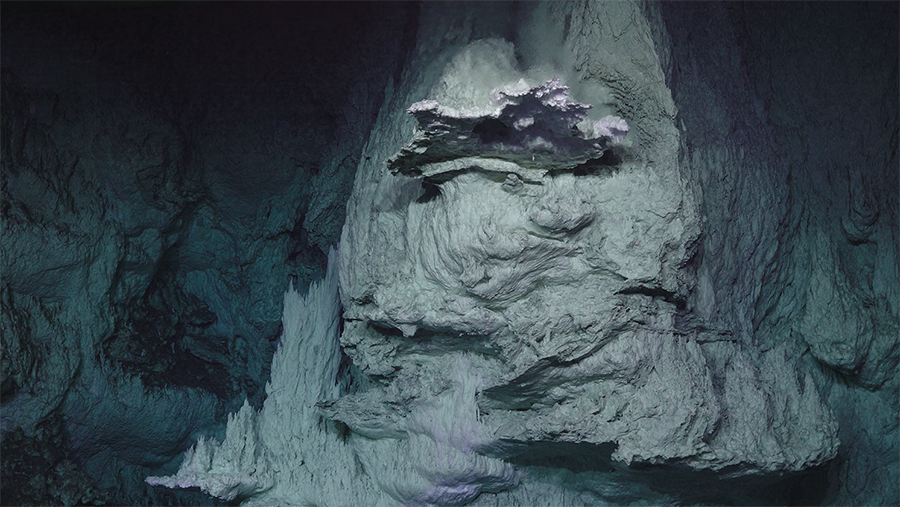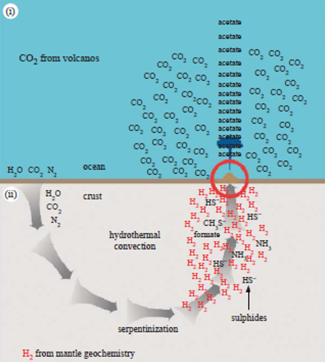
Lost City Hydrothermal Field
The Lost City is a beautiful seafloor formation with unique scientific and cultural value. It is under consideration for special protection by the UNESCO World Heritage Centre and International Union for Conservation of Nature. The Lost City is also featured in many studies on the origin of life and the search for life in the solar system.
“Return to Lost City” Expedition
In 2018, the “Return to Lost City” expedition, aboard the R/V Atlantis with ROV Jason, collected many high-quality samples of venting fluids and chimney biofilms from the Lost City hydrothermal field. The expedition was funded by the National Science Foundation with additional support from the NASA Astrobiology Institute Rock-Powered Life Team, the Sloan Foundation’s Deep Carbon Observatory, and the NSF-funded Center for Dark Energy Biosphere Investigations.
Previous expeditions to the Lost City are described here.
Microbes Fueled by the Earth
The microbial inhabitants of the Lost City are fueled by carbon and energy from the Earth’s mantle. They live in extreme environmental conditions characterized by high concentrations of hydrogen gas, methane, and other simple organic compounds that are attractive food and energy sources for microbes. Our research has shown that much of the microbial biomass at Lost City is derived from carbon that originated deep in the Earth’s subsurface. Our new expedition will collect samples to help us to investigate how and where the carbon is produced and to identify which carbon molecules are consumed by which microbes.
The unique and extreme conditions of the Lost City are primarily caused by a geochemical process known as serpentinization, which has been occurring on Earth ever since it became cool enough to have liquid water. It is also expected to occur on other planets, such as Mars. Therefore, the lessons we learn by studying the weird microbes associated with serpentinization are likely to help us understand the origin, distribution, and evolution of life in the solar system.
What is Serpentinization?
Serpentinization is the closest thing to a free lunch that the universe provides. The word ‘serpentinization’ refers to a complex suite of poorly understood geochemical reactions that occur when rocks from the Earth’s mantle are uplifted to the surface. The mantle rocks are oxidized and hydrated by the wet, oxidized conditions at the surface, resulting in the production of water with high pH and high concentrations of hydrogen gas. These reactions occur exothermically, and the elevated levels of hydrogen gas lead to the abiotic synthesis of simple organic compounds. In other words, the consequence of making a rock wet results in the production of hydrogen gas (which is a great fuel for microbial activity) and organic compounds (which everybody likes to eat). The types of rocks involved in the process are possibly even more prevalent beyond Earth, so there is potential for serpentinization activity almost anywhere in the universe where rocks encounter liquid water.
Lost City and the Origin of Life
Where and how did life originate? There are several arguments to be made that the transition from geologically-produced organic molecules to biologically-produced organic molecules occurred at alkaline, serpentinite-hosted hydrothermal vents similar to those at the Lost City.
Knowing the conditions that lead to the abiotic synthesis of organic compounds is critical to understanding the conditions in which life arose. By looking at the concentrations and isotopic signatures of organic molecules in places like the Lost City, we can help to identify the environments most conducive to abiotic synthesis.
